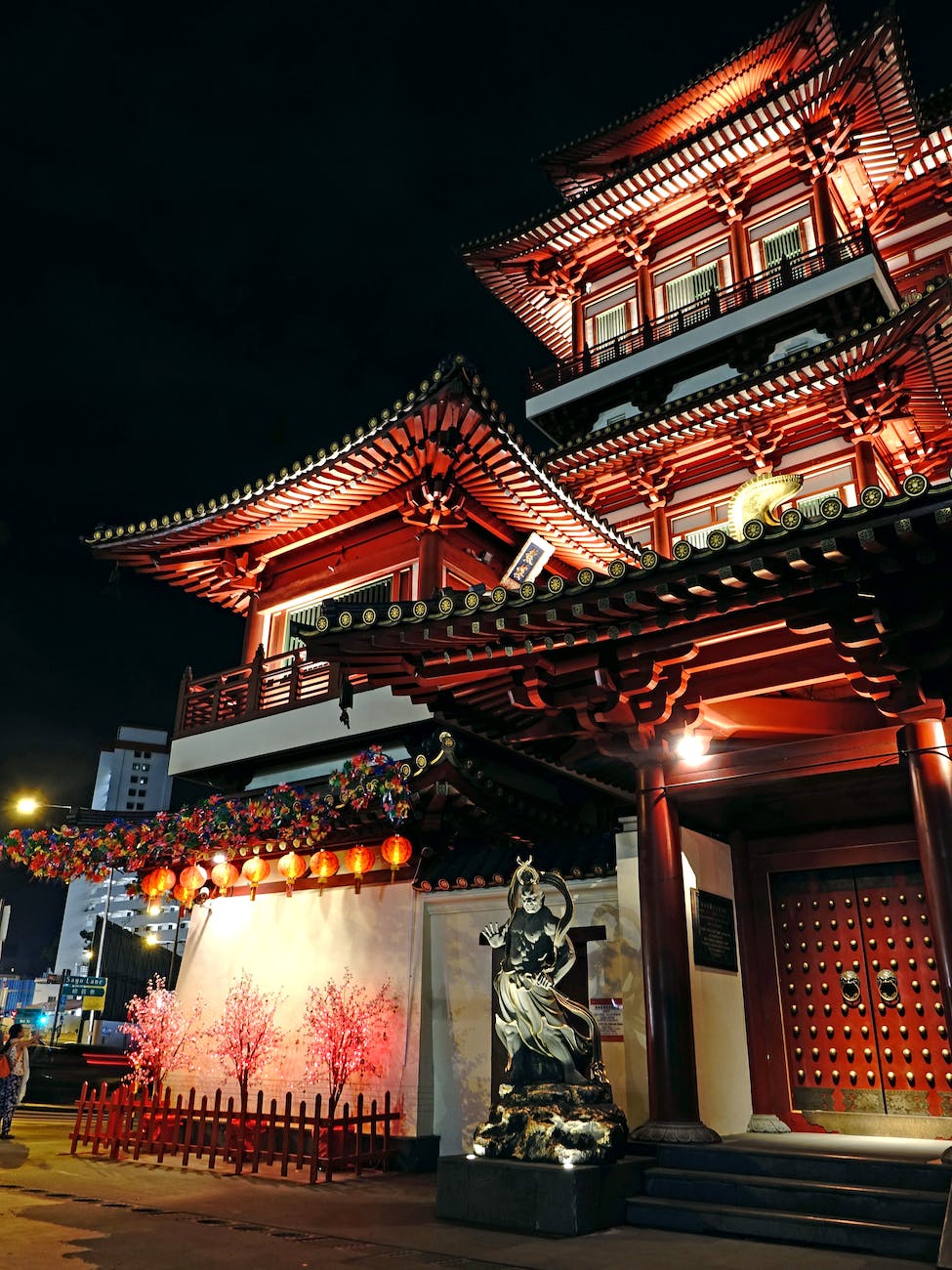handicrafts and cultural identity: celebrating heritage through artistry
What is the significance of art in cultural heritage?
Art plays a vital role in preserving traditions through craftsmanship. It serves as a way to safeguard cultural practices and ensure that they are passed down from generation to generation. Through the creation of intricate and beautiful handcrafted items, artisans showcase their skills and keep the intangible heritage alive. By embracing traditional crafts, communities can express their cultural identity and maintain a strong connection to their roots. Art has the power to convey the values and beliefs of a culture, reinforcing the sense of belonging and contributing to a shared identity.
Furthermore, art is closely intertwined with community festivals. These celebrations often incorporate various forms of artistic expression, such as music, dance, and visual arts. Festivals offer a platform for community members to come together and showcase their creative talents. The art displayed during these events represents the unique cultural identity of a community and allows individuals to connect with their heritage on a deeper level.
How can we celebrate and promote our cultural identity through art?
Exploring traditional art forms is a great way to celebrate and promote our cultural identity. By delving into the history and techniques of art forms specific to our culture, we gain a deeper understanding of our heritage. Traditional art forms often have significant cultural and historical meanings attached to them, making them a valuable source of knowledge and expression.
Nurturing the talents of artisans is another important aspect of promoting cultural identity through art. Supporting local artists and providing them with opportunities to showcase their skills is crucial for maintaining and developing cultural heritage. Communities can establish workshops and training programs to ensure the transmission of knowledge and skills to younger generations.
Creating art as a means of cultural expression is also a powerful way to celebrate our identity. Through paintings, sculptures, and other art forms, individuals can convey their personal experiences and showcase the uniqueness of their cultural background. Artistic creations become a form of storytelling, allowing us to share our perspectives and connect with others on a universal level.
What galleries and museums are dedicated to showcasing cultural heritage?
Galleries and museums play a significant role in preserving and displaying traditional artwork. These institutions provide a space for artists to exhibit their creations and for visitors to admire and learn about different cultures. By curating exhibitions that highlight cultural heritage, galleries contribute to the promotion and understanding of diverse artistic traditions.
Dedicated cultural heritage museums offer hands-on experiences for visitors, allowing them to immerse themselves in the history and artistic traditions of a particular culture. These museums often incorporate interactive displays and workshops, providing a deeper appreciation for the craftsmanship and skills required in traditional art forms.
Some renowned galleries and museums that focus on showcasing cultural heritage include the Museo del Prado in Spain, the Louvre in France, and the National Museum of Anthropology in Mexico. These institutions not only house a vast collection of cultural artifacts but also educate visitors about the importance of preserving and celebrating cultural diversity through art.
How can we explore the meaning of cultural identity through art?
Interpreting cultural symbolism in paintings and sculptures allows us to delve into the meaning and representation behind artistic creations. Colors, shapes, and motifs often have cultural significance attached to them, reflecting the values and beliefs of a particular community. By examining these elements, we can gain insights into the cultural identity and the stories that art seeks to convey.
Understanding the diverse narratives portrayed in art is also key to exploring the meaning of cultural identity. Artistic expressions can resonate differently with individuals based on their cultural background and personal experiences. By engaging in discussions and dialogues, we can broaden our understanding and appreciate the multifaceted nature of art.
Additionally, individuals can express their own cultural identity through artistic creations. Whether it is through painting, sculpture, jewelry making, or any other art form, individuals can infuse their personal heritage and experiences into their artwork. This form of self-expression not only fosters a deep connection with one’s cultural roots but also allows for cultural exchange and intercultural dialogue.
What are the benefits of embracing and developing our cultural identity through art?
Embracing and developing our cultural identity through art has numerous benefits for individuals and communities alike. One of the main advantages is fostering a sense of pride and belonging within the community. By celebrating and showcasing cultural heritage, individuals feel a stronger connection to their roots and develop a deeper appreciation for their own cultural identity.
Cultural diversity is also preserved through artistic expression. Different cultures and communities have their unique artistic traditions, and by promoting these traditions, we ensure that they continue to thrive. Art serves as a platform for cultural exchange, allowing us to learn from one another and appreciate the richness of our collective heritage.
Furthermore, embracing cultural identity through art encourages creativity and innovation in both art and culture. Artists are constantly inspired by their cultural background, resulting in new and exciting artistic expressions. This creative exchange keeps cultural heritage alive and relevant, ensuring its evolution for future generations.
